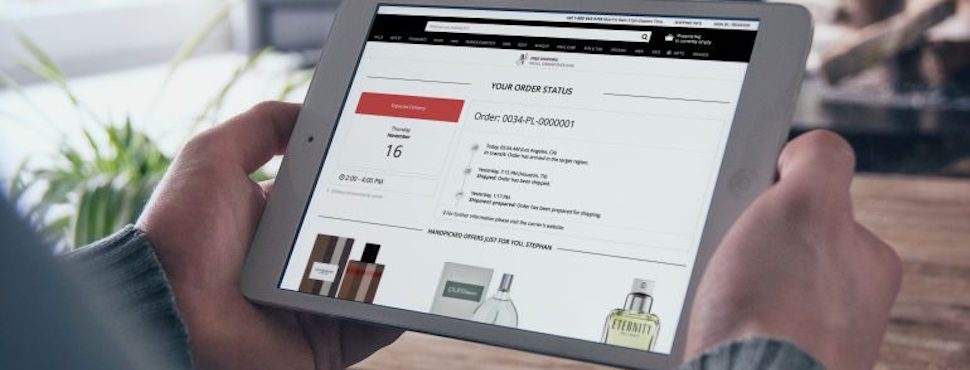Sending order tracking and delivery details to purchasers is a great way to boost service and loyalty, but only if you do it and say it in the right way, says parcelLab’s Julia Henry.
A recent study by IBM Watson showed that 67% more customers feel that the post purchase experience is more important in giving a lasting impression of a retailer than pre purchase. So what can retailers do to ensure the customer journey after buying is a smooth one? Well, regular emails and tracking information about the status of a purchase are key, but it’s not just what you say, but how you say it…
- Keep it simple
Dispatch confirmation, delay alerts, delivery details and even the returns process all need to be communicated effectively to customers. However, this must be done in a jargon-free manner. After all, few customers will understand the meaning logistical terms such as parcel being sorted in hub A and transported to hub B.
- Get the language right
Although you need to keep your messages to customers concise and to the point, you should also ensure that they reflect the tone of voice of your brand, so that you are getting your values across every time you contact them, while being warm, welcoming and informative.
- Provide all necessary information
Make sure you include important details to customers that will help make the post purchase journey as smooth as possible and speed up delivery. For example, if a customer has chosen to pick up their order from a shop, provide information about its opening hours, how many of the item they have in stock, if relevant, and a link through Google Maps.
- Be a storyteller
The average delivery from an online retailer takes two days. You can alleviate the wait time and build anticipation by providing the customer with interesting and useful content. If they bought a sofa, you could offer up some interior design tips. If they ordered a new food processor, why not send them some recipe ideas. You can create a positive purchase experience by providing the right content at the right time, as well as prompt additional purchases.
5, Be there to help
You can’t expect every purchase to go smoothly. However, the way in which you deal with these issues can transform a negative experience into a positive one. Make sure the customer knows that you’re there to help at every step. Clearly communicate your contact information, availability and FAQ pages – and make sure someone is there promptly if they call, and that any email queries are handled quickly.
- Ask for feedback
Customer satisfaction should always be your top priority. Give customers the opportunity to give you feedback and reward them for their time. This information is vital to improving your quality of service and in turn encourages customer loyalty.
- Upsell… with care
Much like offering up relevant content, this is also a prime time to cross-sell. If the customer bought a bike, offer up safety equipment and clothing. If they bought a BBQ, offer up cooking utensils and recipe books. But be subtle here, as you don’t want to annoy customers by bombarding them with sales messages, meanwhile you can soften the sell with an offer.
- Reach customers through their chosen channels
Most post-purchase communication take place via email. Yet the way in which we communicate is constantly evolving. Embracing alternative communication options, such as WhatsApp and Facebook Messenger or Amazon Echo will ensure that you stay relevant and ahead of your competition.
Julia Henry is Post-Purchase Manager at parcelLab.
Originally published Net Imperative | 17 September 2018

